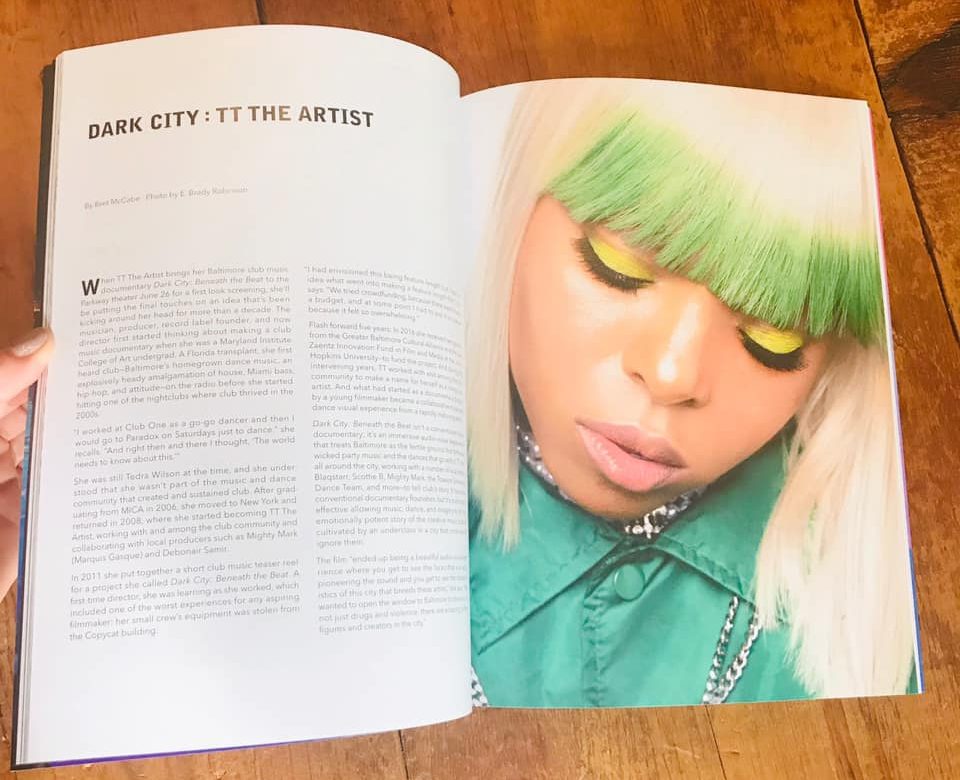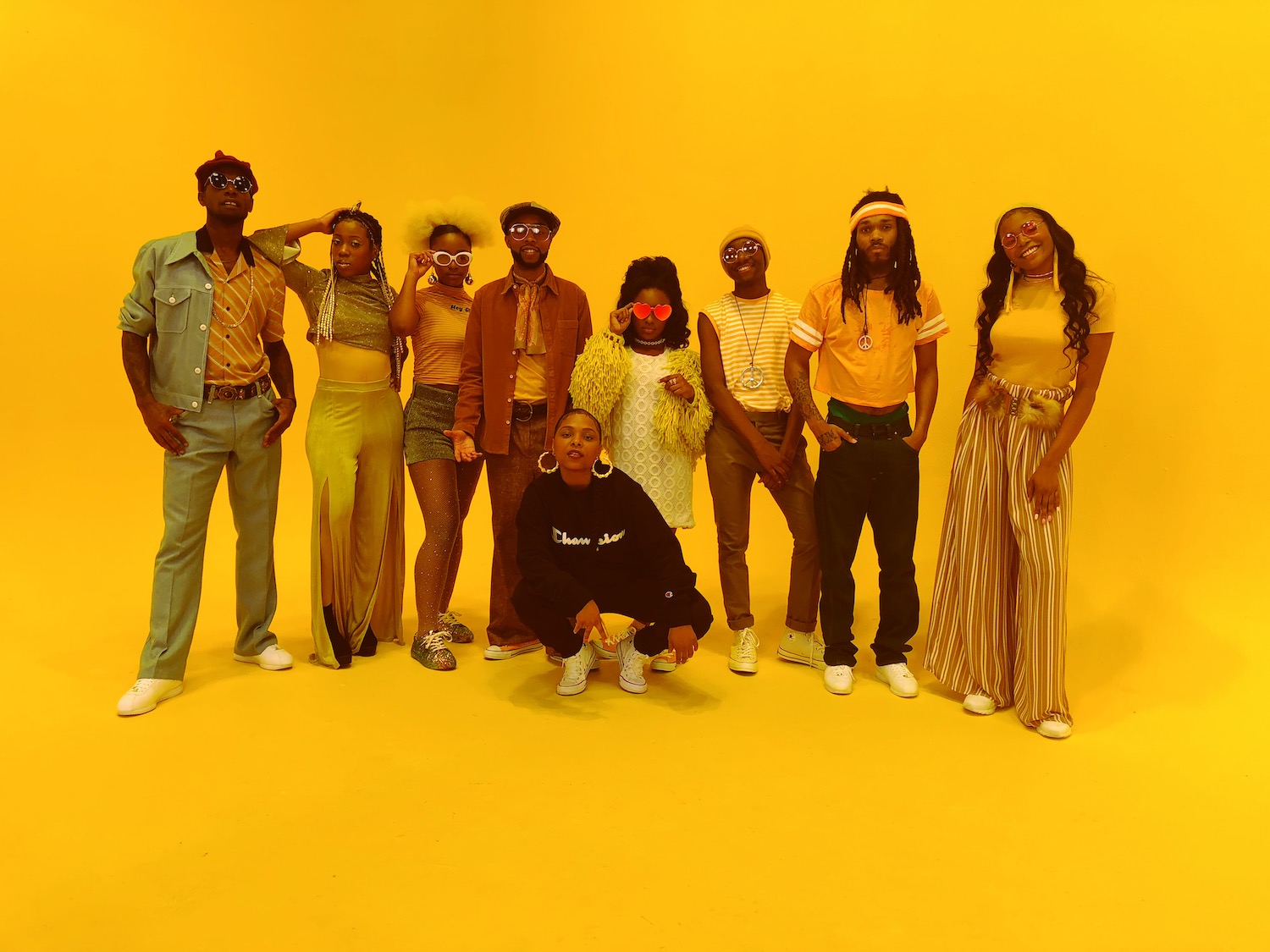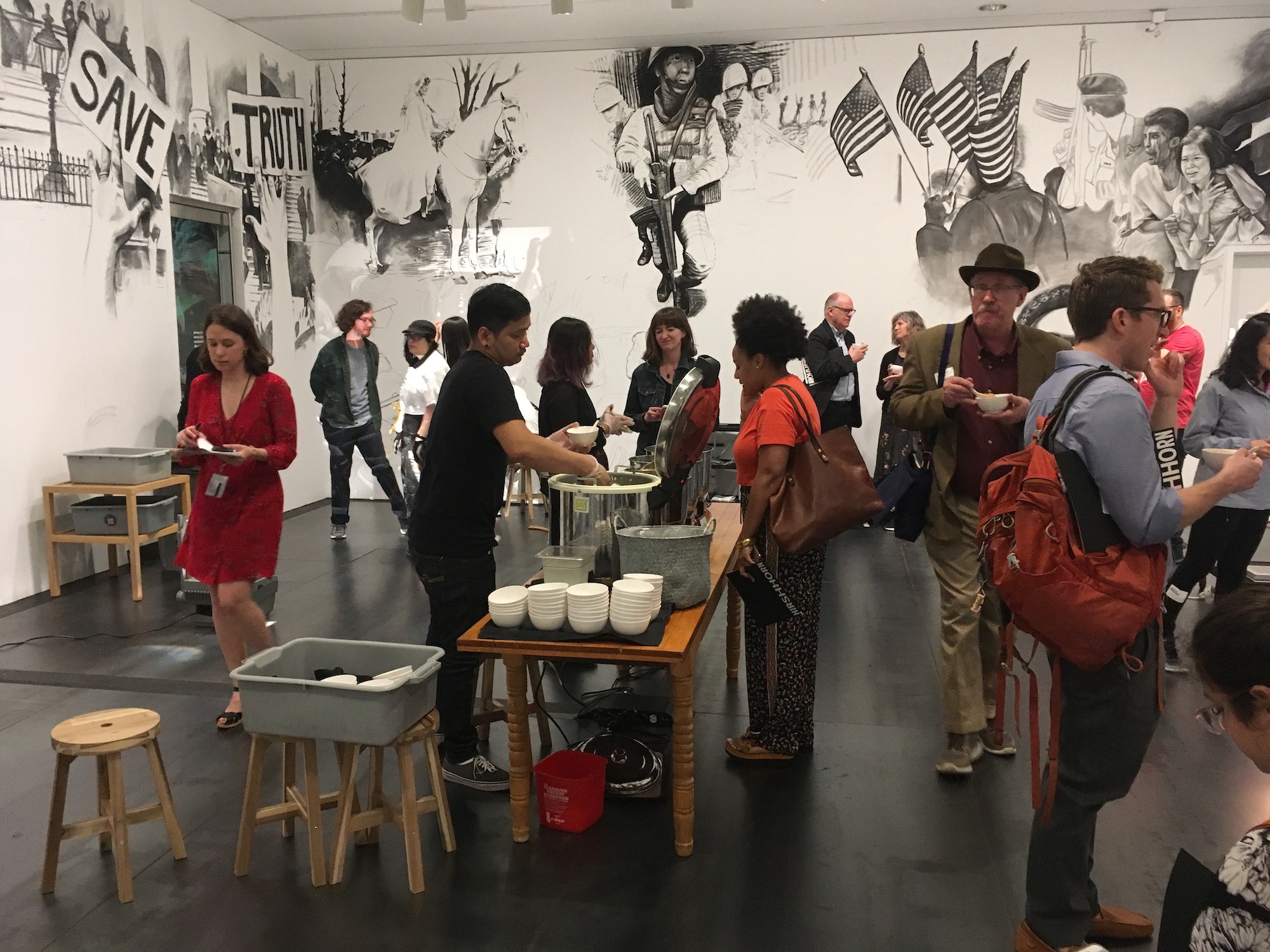Oh, it’s a classic art world choice, isn’t it? Do you want the red curry, or the yellow, or the green? And as you deliberate, you faintly sense—like Neo in The Matrix, hesitating between the red pill and the blue pill—that something momentous may depend on your choice. After all, you’re standing at a table at the very center of a gallery in the basement of the Hirshhorn Museum. And maybe you’re aware that for nearly 30 years the artist Rirkrit Tiravanija has foregrounded the actions of gallery goers, largely eschewing objects and fostering social interaction instead. In other words, you’re undeniably part of the show, along with everybody else. And, finally, perhaps you also know that the title of this piece, (who’s afraid of red, yellow and green), is at once an allusion to a Barnett Newman painting and to the various factions in the 2010 civil uprisings in Thailand. So, with all of that in mind: Which will it be? Do you want the red, the yellow, or the green?
But maybe that’s putting things a little too dramatically. Tiravanija’s practice has always been characterized by a gentle optimism rather than a confrontational aggressiveness. “It’s about art that socializes ideas and creates discussion spaces,” said Mark Beasley, who curated this installation, which is up through July 24. In a celebrated 1996 piece, Tiravanija built a full-scale functional replica of his New York City apartment, in Cologne, and opened it to the public on a 24-hour basis. People slept in the bed, showered, shared meals, and chatted; one couple even got married. In doing so, they effectively completed the piece, which Tiravanija construed as a site of continuous and evolving possibility—and as an affirmation of the worth of his viewers’ actions.

And what does that mean, exactly? One of the more radical aspects of Tiravanija’s work is its matter-of-fact acceptance of the physical presence of viewers. Generally, art galleries flatly deny the body. As the writer Bruce Sterling once noted, “In the world of ideal form, there can be no consumption, no digestion, no excretion.” In serving pad thai, or inviting us to sleep on a makeshift bed, Tiravanija validates the physical fact of our existence. But he also celebrates choice and change. Objects left behind by viewers in Tiravanija’s installations are typically allowed to stay; they become a part of the piece. At the Hirshhorn, visitors can take part in the creation of a series of charcoal wall drawings—without fretting, the artist insisted, about aesthetic dimensions. “The more people participate, the better,” he asserted in a press preview, “and anything goes.” Merely taking part, in this sense, seems to constitute a contribution or an accomplishment.
That’s a sweet sentiment, to be sure, but it can also feel naïve—especially when considering the wall drawings closely. While on vacation in the early 2000s, Tiravanija was struck by newspaper photographs of political demonstrations. He began to collect them, and in 2010 commissioned Thai artists to create detailed renderings of a number of them. In a subsequent piece, in Mexico, he oversaw the creation of related mural-sized reproductions. Now, at the Hirshhorn, young artists work daily from transparencies and photocopies in creating an evolving and increasingly dense registry of Thai and American images of political protest and violence. Initially, the effect is potent. The drawings overlap and sometimes seem meaningfully juxtaposed: At one point, a pistol thrust into the air by a Thai military officer looms menacingly over an image of a moving protest against gun violence. And the use of charcoal is a wise choice, as it yields a visual drama while also offering the real possibility of alteration and recalling the fiery, heated process that can effect political change.

Eventually, though, it might dawn on you that in studying the drawings you are looking at a drawing of a photocopy of a newsprint reproduction of a photograph of a protest. We are a number of steps from the source—which is striking, given that the Hirshhorn itself looks directly onto the National Mall, where so many meaningful protests have taken shape. For a moment, a thought occurs: Is Tiravanija offering a cool critique of anyone who maintains a safe distance from protests, relying upon the easy vicariousness offered by reproductions? The idea appeals—but then quickly recedes, as we are distracted by the din and the smell of curry in the middle of the room. But might that, then, actually be the point of the installation? Is Tiravanija also critiquing the vapid and self-congratulatory liberalism of an art world that gathers around free food and contents itself with images of protest rather than the hard work of actual protest?
Again, the idea tempts, but simply can’t be sustained. Tiravanija’s own rhetoric points in another, less satisfying direction. His insistence that a gallery-goer is meaningfully taking part in something—in eating curry, or in a conversation, or in modifying a drawing—is clear, and seemingly untroubled by the idea that such a notion of participation is, in relation to larger and more global concerns, at once rather limited and impotent. And then there’s his virtually total relativism. Tiravanija has long been interested in the notion that different viewers inevitably bring different perspectives to any work of art. But he also seems to feel that those differences are merely superficial. Thus, at the press preview, he stated that “we might look at [a] picture differently, but we have the same ideal.” It’s nothing that can’t be worked out, in other words, by means of a chat over a good bowl of curry. But of course we don’t in fact all hold the same ideals—which is exactly why protests are necessary. Indeed, we might say that Martin Luther King felt compelled to address a vast crowd gathered on the Mall in 1963 precisely because sharing a bowl of curry was not enough—and was prohibited in a number of segregationist states.
He stated that “we might look at [a] picture differently, but we have the same ideal.” … But of course we don’t in fact all hold the same ideals—which is exactly why protests are necessary.
Criticizing Tiravanija’s work can feel curmudgeonly. In its carefree disregard for traditional aesthetics and its embrace of process and possibility, it is appealingly open-ended. Trying to judge such work seems beside the point: Are we to evaluate the quality of the relations fostered? The intensity of the discussion? And what kind of person complains, in any case, about free food? But as Claire Bishop has forcefully observed, the emancipatory rhetoric that surrounds much of the participatory art that first took shape in the 1990s obscures a basic timidity at the core of the work. Other, bolder approaches are not hard to imagine—and typify the practices of artists such as Tania Bruguera, Lee Mingwei, and Monster Chetwynd.
So, please, friend, enjoy your bowl of curry, regardless of its color. Strike up a conversation with another viewer. Sit through the more than seven hours of documentary shorts by Thai filmmakers shown in two black boxes adjacent to Tiravanija’s piece. But realize, as you’re doing so, that you’ve effectively chosen the confined security of the blue pill. And when that eventually starts to feel limiting—as it well may, and as it should—you can always stroll a block east, onto the Mall, and begin the hard work of thinking about how to participate in a more ambitious and engaged sense.
Rirkrit Tiravanija: (who’s afraid of red, yellow, and green) is on view at the Hirshhorn through July 24. Visitors can try the curry Thursday–Sunday, 11:45 a.m.–1:30 p.m. or until supplies last, every week during the run of the exhibition. For more info, visit the Hirshhorn’s website.
Photos by the author.






